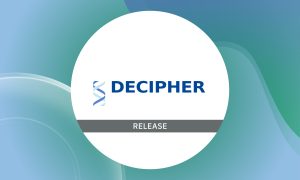
DECIPHER v11.25 released
The latest DECIPHER update, version 11.25, introduces new key features including the integration of functional data from multiplexed assays of variant effect (MAVEs) and much more.
2024
updates-from-data-resources
Showing results out of

The latest DECIPHER update, version 11.25, introduces new key features including the integration of functional data from multiplexed assays of variant effect (MAVEs) and much more.
2024
updates-from-data-resources
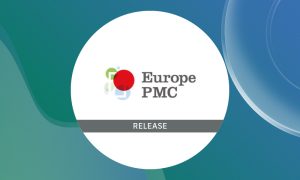
Better search for Europe PMC funder grants with ROR IDs
2023
updates-from-data-resources
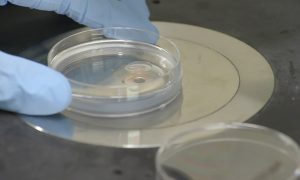
The GEEF facility at EMBL Rome supports scientists worldwide with scientific expertise and state-of-the-art gene editing technologies.
LAB MATTERSSCIENCE & TECHNOLOGY2022
lab-mattersscience-technology
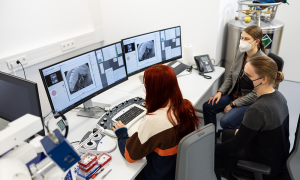
The new EMBL Imaging Centre held its first on-site training workshop, introducing undergraduate students to the basics of volume electron microscopy. This marks the first of many opportunities to aid capacity-building in imaging techniques in Europe.
LAB MATTERS2022
lab-matters
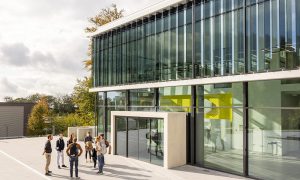
The new EMBL Imaging Centre has announced its first open user call, and new project evaluation process and training opportunities.
EMBL ANNOUNCEMENTSLAB MATTERS2021
embl-announcementslab-matters
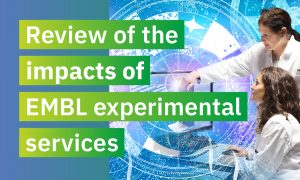
Independent impact review finds EMBL experimental services are ‘critical’ for research and endorses EMBL as a world-class service provider for academia and industry.
LAB MATTERSSCIENCE & TECHNOLOGY2021
lab-mattersscience-technology
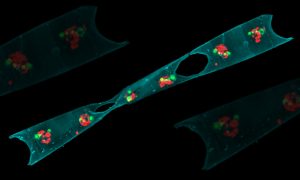
A technology around since the ‘60s, flow cytometry has increasing applications. New leadership at EMBL’s flow cytometry facilities is looking to ease use, expand training, and encourage more collaboration.
LAB MATTERSSCIENCE & TECHNOLOGY2021
lab-mattersscience-technology
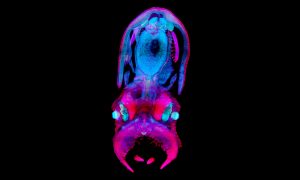
Some of the most amazing creatures live in the deep blue sea. The Mesoscopic Imaging Facility (MIF) at EMBL Barcelona was recently involved in studying one unique feature of the octopus: the ephemeral structures on the surface of their skin called Kölliker’s organs.
SCIENCE & TECHNOLOGY2021
sciencescience-technology
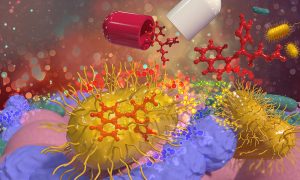
A new collaborative study led by EMBL group leaders Kiran Patil, Nassos Typas, and Peer Bork has found that common medications accumulate in human gut bacteria. This process reduces drug effectiveness and affects the metabolism of common gut microbes, thereby altering the gut microbiome.
SCIENCE & TECHNOLOGY2021
sciencescience-technology
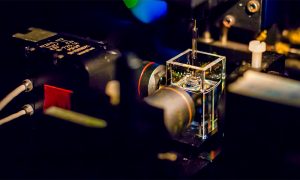
In the Mesoscopic Imaging Facility (MIF) at EMBL Barcelona, researchers study the details of biological systems in the context of organs, body parts, or entire organisms. This image shows OPTiSPIM1, one of the custom light-sheet microscope setups available at the facility.
SCIENCE & TECHNOLOGY2021
sciencescience-technology
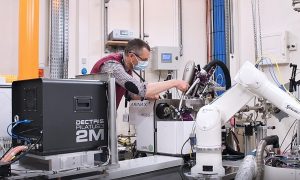
MASSIF-1, run jointly by EMBL Grenoble and the ESRF, is a beamline for macromolecular crystallography. It is used by the research community to study the 3D structure of proteins, which is important for drug development.
LAB MATTERSSCIENCE & TECHNOLOGY2021
lab-mattersscience-technology
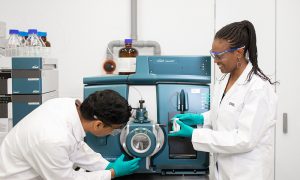
EMBL is conducting an Impact Assessment of our experimental services to understand the value these services have for our external user community. If you have accessed EMBL experimental services at one or more of our facilities to support the conduct of your research, we would like to hear from you.
LAB MATTERS2021
lab-matters
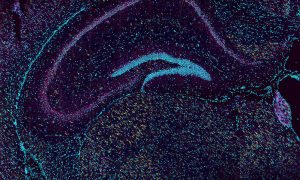
At EMBL, we have many dream teams – groups of individuals who support each other, innovate, and work together. One of those dream teams bridges two core facilities at EMBL Rome.
SCIENCE & TECHNOLOGY2021
picture-of-the-weekscience-technology

Under the innovative Planetary Biology research theme, EMBL scientists aim to understand life in the context of its environment.
SCIENCE & TECHNOLOGY2021
sciencescience-technology
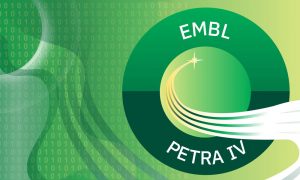
A workshop run by EMBL Hamburg explored opportunities for structural biology at the future, upgraded PETRA IV synchrotron.
SCIENCE & TECHNOLOGY2021
eventsscience-technology
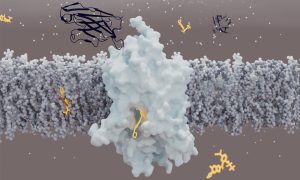
Scientists have determined the structure of Glycine Transporter 1. The finding could open new avenues for developing therapeutics for psychiatric disorders
SCIENCE & TECHNOLOGY2021
sciencescience-technology
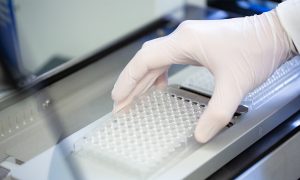
The Sample Preparation and Characterisation (SPC) Facility at EMBL Hamburg is one of the founding members of the Molecular-Scale Biophysics Research Infrastructure (MOSBRI). Within this new European initiative, the SPC Facility will offer services related to membrane proteins, protein complexes,…
CONNECTIONSLAB MATTERS2021
connectionslab-matters
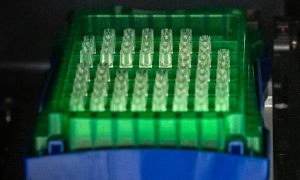
Scientists at EMBL Hamburg and Karolinska Institutet Stockholm aim to find synthetic antibodies – known as nanobodies – that bind a surface protein of the novel SARS-CoV-2 coronavirus. Nanobodies could prevent the virus from entering human cells and causing COVID-19.
SCIENCE & TECHNOLOGY2020
sciencescience-technology
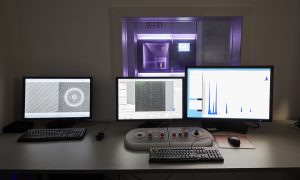
EMBL Heidelberg reopens the Cryo-Electron Microscopy Service Platform to support coronavirus structural biology research.
CONNECTIONS2020
connectionsscience

Enhancing the world's bioinformatics infrastructure
LAB MATTERS2019
lab-matters
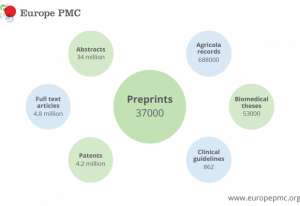
Europe PMC adds preprints to its search
SCIENCE & TECHNOLOGY2018
sciencescience-technology
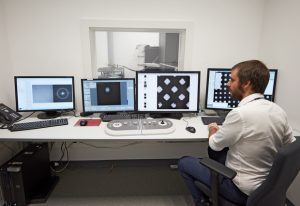
Access to state-of-the-art microscopes and outstanding expertise
SCIENCE & TECHNOLOGY2018
sciencescience-technology

What are the strangest genomes in EMBL-EBI's Ensembl?
SCIENCE & TECHNOLOGY2017
sciencescience-technology
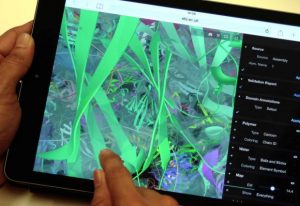
High resolution 3D protein structures in a giffy with PDBe
SCIENCE & TECHNOLOGY2017
sciencescience-technology
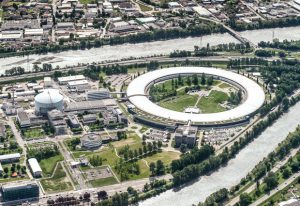
EMBL and the European synchrotron ESRF extend their Joint Structural Biology Group
CONNECTIONSLAB MATTERS2017
connectionslab-matters
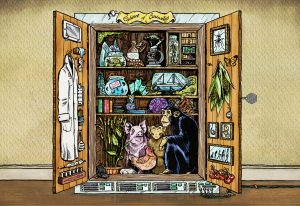
How open data is changing our pursuit of discovery
SCIENCE & TECHNOLOGY2017
sciencescience-technology
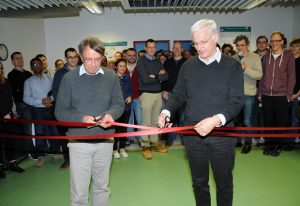
A new crystallography platform in Grenoble opens the door to new technological developments
EMBL ANNOUNCEMENTSLAB MATTERS2016
embl-announcementslab-matters
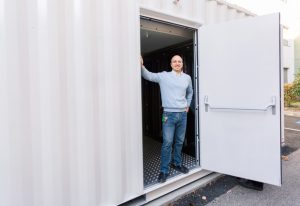
Upgraded server room is ready to take the heat at EMBL Grenoble
LAB MATTERS2016
lab-matters
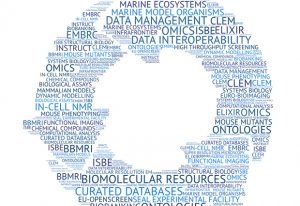
CORBEL Open Call launches October 2016, for access to 15 facilities and 8 research infrastructures
LAB MATTERSSCIENCE & TECHNOLOGY2016
lab-mattersscience-technology

Past meets present as Library head Ioanna Ydraiou interviews EMBL’s first librarian
PEOPLE & PERSPECTIVES2016
alumnipeople-perspectives
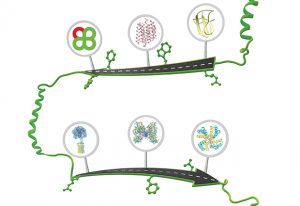
'The PDB plays a crucial role in structural biology research and development'
SCIENCE & TECHNOLOGY2016
sciencescience-technology
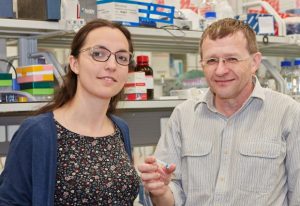
Collaborations shorten distance between EMBL Heidelberg, Germany, and CEITEC in Brno, Czech Republic
SCIENCE & TECHNOLOGY2016
sciencescience-technology

Grenoble-based Partnership for Structural Biology (PSB) renewed for five more years
CONNECTIONSLAB MATTERS2016
connectionslab-matters
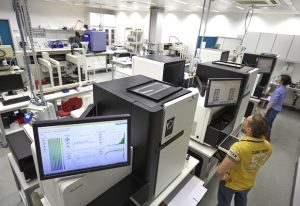
Find out what’s in store at the 2016 Core Technologies for the Life Sciences meeting.
CONNECTIONS2015
connectionsevents

Introducing the Small Angle Scattering Biological Data Bank, developed at EMBL Hamburg.
LAB MATTERSSCIENCE & TECHNOLOGY2015
lab-mattersscience-technology

Jan Korbel and colleagues publish commentary on risks and rewards of genome cloud computing.
SCIENCE & TECHNOLOGY2015
sciencescience-technology

A puzzling peculiarity resolved by Hamburg’s Sample Preparation and Characterisation facility.
SCIENCE & TECHNOLOGY2015
sciencescience-technology

Karin Sasaki is helping bridge the gap between quantitative and life science at EMBL.
LAB MATTERS2015
lab-matters
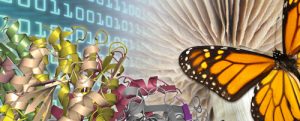
A quick round-up of the latest EMBL-EBI service releases.
LAB MATTERS2015
lab-matters
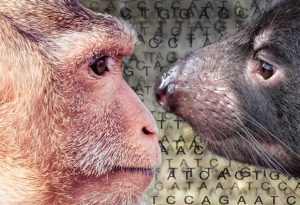
How repurposing non-coding elements in the genome gave rise to the great ‘mammalian radiation’.
SCIENCE & TECHNOLOGY2015
sciencescience-technology
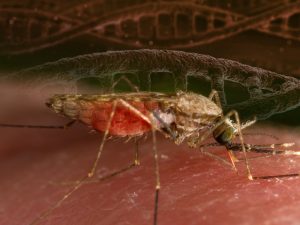
Genome-based insights into evolution of malaria-carrying Anopheles mosquitoes.
SCIENCE & TECHNOLOGY2014
sciencescience-technology
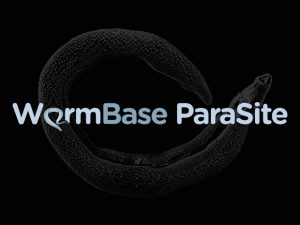
Largest collection of helminth genomic data ever assembled, in new open-access WormBase ParaSite.
SCIENCE & TECHNOLOGY2014
sciencescience-technology
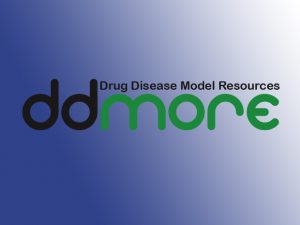
New, open repository helps researchers share computational models of disease.
SCIENCE & TECHNOLOGY2014
sciencescience-technology
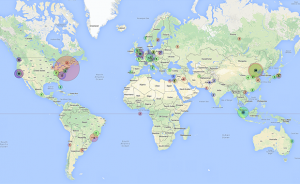
How does EMBL-EBI run millions of jobs for its users while moving its two large data centres?
LAB MATTERS2014
lab-matters
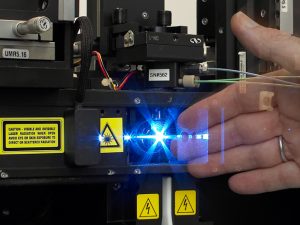
Flow cytometry: finding needles in haystacks
SCIENCE & TECHNOLOGY2014
sciencescience-technology

Pathfinding – poetic and practical – was a common theme in blogs from the EMBL network.
LAB MATTERS2014
lab-matters

An interview with keynote speaker Michael Rossmann.
LAB MATTERS2014
eventslab-matters

Gibbon genome gives insights into evolution of this singing, swinging, tree-dwelling ape.
SCIENCE & TECHNOLOGY2014
sciencescience-technology
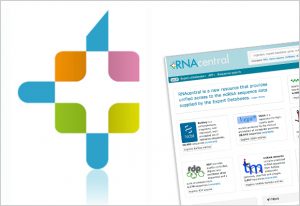
RNAcentral is the first unified resource for all types of non-coding RNA data.
SCIENCE & TECHNOLOGY2014
sciencescience-technology

A quick round-up of the latest EMBL-EBI service releases
LAB MATTERS2014
lab-matters
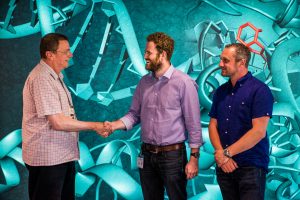
Gyron Ltd awarded contract to supply EMBL-EBI's data centres over the next five years
LAB MATTERS2014
lab-matters
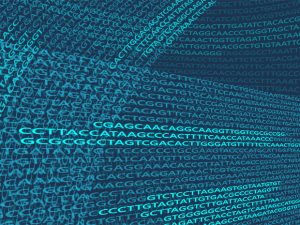
Ensembl has incorporated a vast amount of knowledge into a fully annotated reference human genome
SCIENCE & TECHNOLOGY2014
sciencescience-technology

Marmoset genome provides insights into chimerism: data available in Ensembl genome explorer
SCIENCE & TECHNOLOGY2014
sciencescience-technology

As the Lab turns 40, staff and alumni share 40 things that make EMBL, EMBL
LAB MATTERS2014
lab-matters
Reference sheep genome, published by International Sheep Genomics Consortium, available in Ensembl
SCIENCE & TECHNOLOGY2014
sciencescience-technology
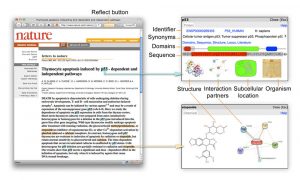
The life sciences are scaling up and produce huge amounts of data and new literature at an amazing pace. The European Molecular Biology Laboratory (EMBL) now offers a new free service to help researchers, teachers and students keep up-to-date with scientific literature on the web, especially when…
SCIENCE & TECHNOLOGY2009
sciencescience-technology
No results found